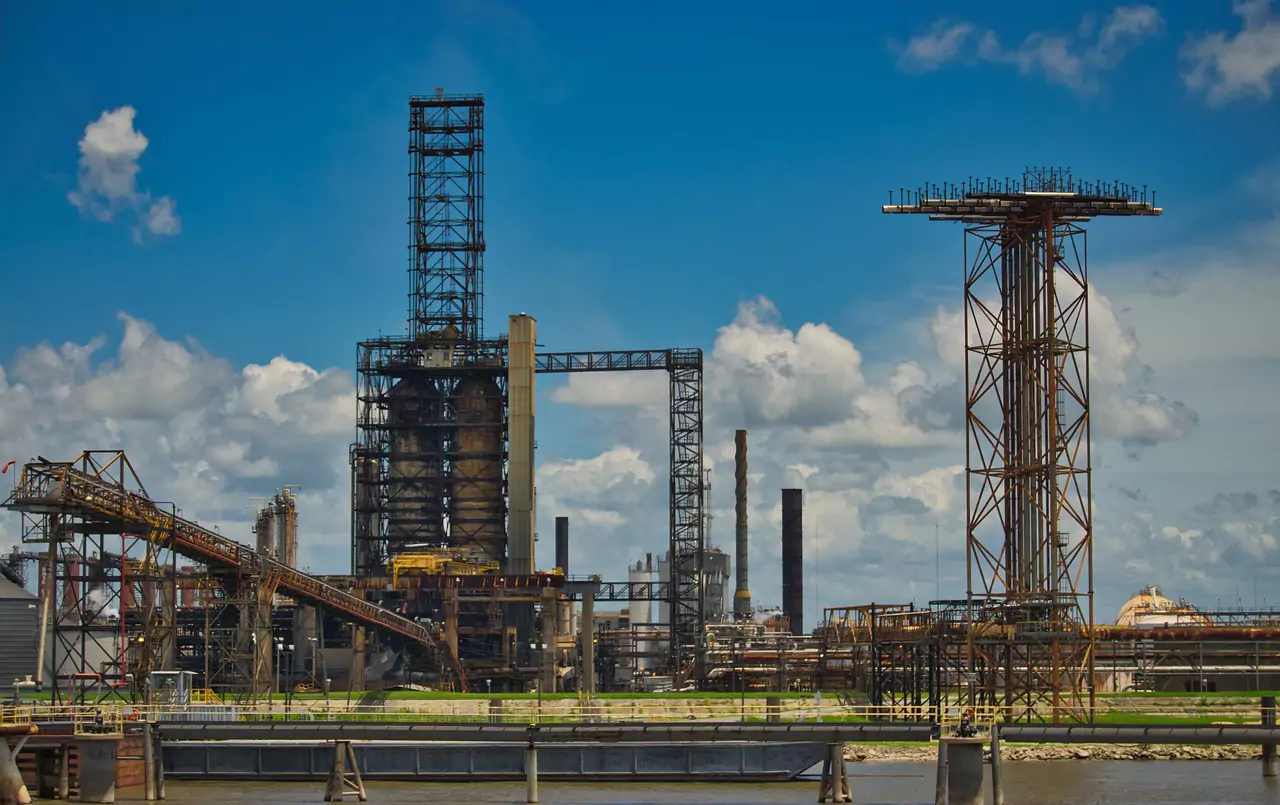The production of plastic resins in the United States has been growing, with millions of pounds being produced each year. This growth rate reached to peak in 2019. The types of plastic produced in large quantities include polypropylene, LLDPE, and HDPE. Most of it is done with new, virgin plastic while recycled material only constitutes a small overall share.
Polyethylene (PE) is one of the most commonly used plastics in various applications, such as packaging, construction materials, and automotive parts. Polypropylene (PP) is also widely used in packaging applications and for household items like furniture and appliances. PVC, or polyvinyl chloride, is a versatile plastic used for pipes, flooring, and window frames.
In addition to these three types of plastics, several other varieties are also increasing production. Here we will discuss the complete production rate of various kinds in a million pounds. Many people are surprised that still 18% of global plastics production is done in the United States (2022).
Plastic Production of Various Plastic Types by Risen in 2019
Growth Rate of Various Thermosets
In 2019, the United States experienced a significant increase in plastic resin production. According to recent reports, the compound growth rate of thermosets alone reached an impressive 17,189 million pounds. This marks a substantial jump from previous years and highlights the growing demand for these materials across various industries. While Epoxy, Phenolic, and Urea had 0 growth rates in 2019.
Growth Rate of Various Thermoplastics
Plastic production of various thermoplastics in the United States saw significant growth in 2019. LDPE saw a compound growth rate of 7,606 million pounds, while LLDPE reached an impressive 20,377 million pounds. Meanwhile, HDPE recorded a total production of 22,145 million pounds. These figures demonstrate the continuous expansion and success within the plastic resin industry in the United States.
Polypropylene resin production increased by a staggering 16,680 million pounds. This is a considerable increase from previous years and indicates the growing demand for this material.
Polystyrene and PVC also saw an increase in production rates, with polystyrene reaching 3,917 million pounds and PVC hitting 15,931 million pounds. Expanded polystyrene, or EPS, had a lower but notable growth rate of 1,015 million pounds, indicating that there is still demand for this type of material even as environmental concerns around single-use plastics grow.
The thermoplastic nylon resin showed no growth in the United States in 2019; The latest data shows that the total plastic production of thermoplastics in the country reached 104,268 million pounds that year. This figure includes all types of plastic resins used by various industries.
Overall, all plastic production by resin reached 121,457 million pounds. These growth rates reflect the continued reliance on plastic materials in various industries, such as packaging, construction, and automotive manufacturing. Most is done with injection mold processing.

The Reason Behind This Vast Growth Rate of Production
Plastics are everywhere. From food packaging to electronics we use daily, it is hard to imagine a world without plastic products. Recently, the demand for plastics has been increasing exponentially across various sectors, such as the healthcare and construction industries. The vast growth of this product can be attributed to several factors. More electrical tools used by everyone these days mean also higher plastic demand, coming with the well-known recycling issues for electronics in particular.
One reason behind the vast growth of plastic production in the United States is its availability, skill set despite not so low cost. The country has abundant natural gas resources used as feedstock for producing plastics. Additionally, technological advancements have made it possible to produce high-quality plastics at a lower cost, making them more accessible to businesses and consumers.
Another factor contributing to this growth is the versatility of plastic materials. Plastics can be molded into any shape or size, making them ideal for creating custom products that meet specific needs in various industries. The rise in population growth rates drives this demand for plastics as they provide cost-effective solutions that can be utilized across different applications.
Contribution Of Plastic industry in Tech and Automation Process
The rise in plastic production is primarily attributed to advancements in technology and automation processes that have streamlined manufacturing operations. These technological innovations have streamlined manufacturing operations, making it easier and faster to produce plastic products than ever before.
One of the most significant advancements in plastic production has been the development of injection molding technology. This process involves heating plastic pellets until they become molten and injecting them into a mold, where they cool and harden into a specific shape. Injection molding is incredibly efficient and allows manufacturers to produce large quantities of identical parts quickly and consistently.
Automation processes are another significant contributor to the rise in plastic production. Advanced robotics systems allow for increased efficiency, precision, speed, and accuracy during manufacturing operations.
Additionally, the versatility of plastics has made them a popular choice for use in everything from automotive parts to medical devices. Despite concerns over plastic waste and its environmental impact, it is clear that the market for these materials continues to overgrow.
Wrapping Up
Plastic production in the United States has risen, reaching 121,457 million pounds of resin in 2019. This growth is expected to continue, making it an attractive investment opportunity for those interested in the plastic industry. Plastic production has become a significant economic player, steadily increasing over the past decade.
The demand for plastics can be attributed to their versatility and cost-effectiveness. From packaging materials to construction products and even medical devices, plastics have become a staple in our daily lives. As consumerism continues to thrive and new technologies emerge, there will undoubtedly be more opportunities for growth within the industry.









